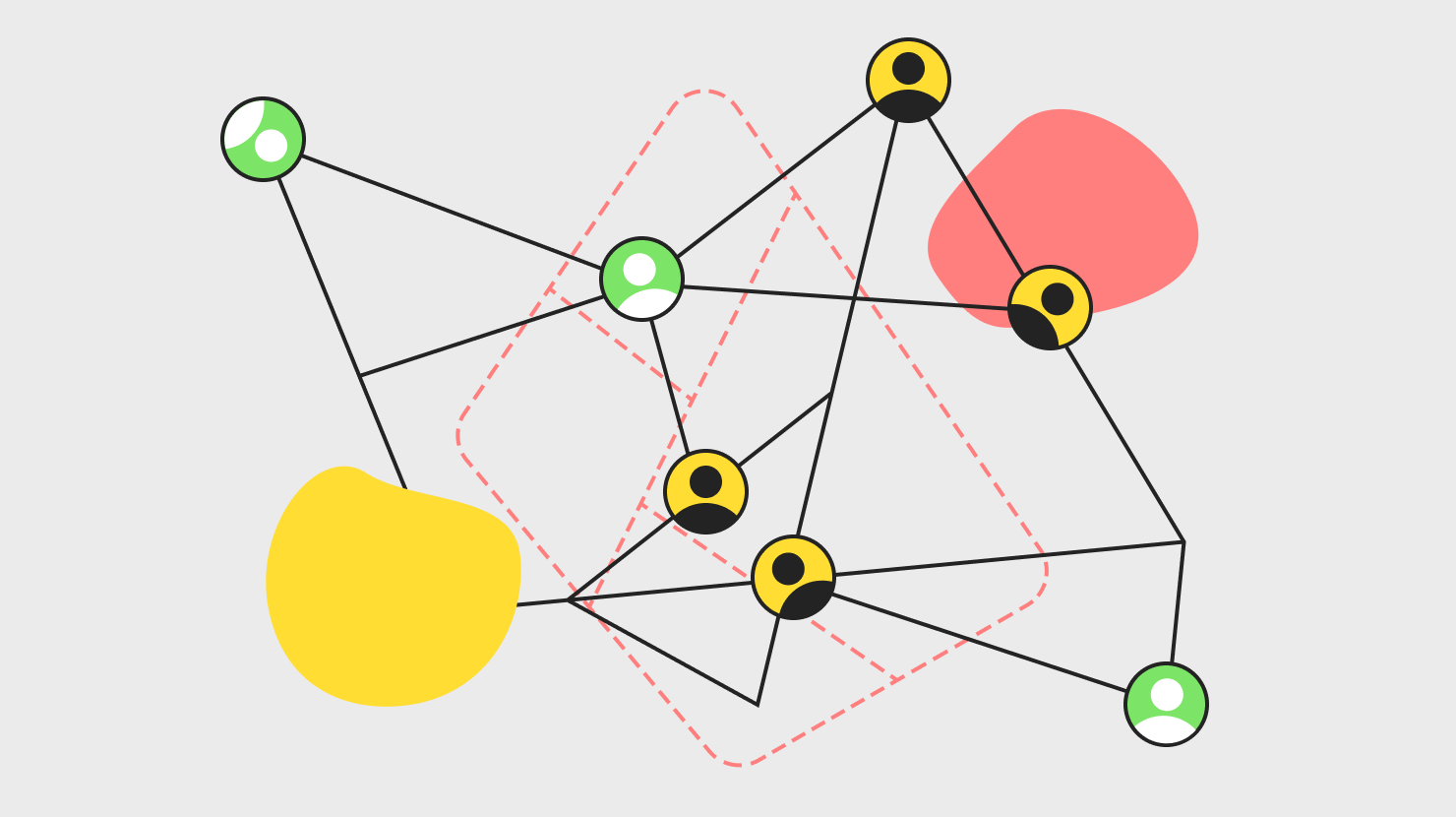
For any organization to become successful, there’s one common thing: a positive work culture. By developing a great work culture, you can expect your team to be more productive and deliver quality output. Team members will enjoy their work more and give their best in every task they perform.
When it comes to remote teams, people aren’t working under a single roof anymore. But it doesn’t mean that culture doesn't exist in distributed teams. When you have a team of individuals working from scattered locations, you must create a culture that continues to support their growth and motivates them.
However, building a strong work culture for a remote team demands a different approach. In this article I go through the seven key steps to help your team members develop strong connections and create a progressive work culture.
Let’s begin—follow these seven steps to build a high-performing team remotely:
Whenever there’s a new addition to your remote team, you’ll need to give the newcomer a warm welcome. To set the tone, your whole team should put effort into engaging and welcoming the new team member. As a leader, you can arrange a video conference or stick to the tried and tested option of sending an email to your team members and introduce the new employee to them.
Encourage your team members to connect in one-on-one meetings with the recruit to make them feel comfortable and familiar with everyone on a personal level. It’ll also be helpful for your team to share how things work in the group and their individual responsibilities.
One of the most important things that promote a thriving work culture in any organization is team bonding. Socializing with team members create emotional connections. Developing strong bonds among your remote working employees is extremely valuable.
You and your team will enjoy several benefits by building strong relationships with each other, such as better internal communication, team cohesion, and productivity. To help your remote team mingle, you can organize remote team building activities regularly. These activities will help team members get to know each other better and develop long-lasting relationships.
For your remote team to deliver quality work, each team member must be fully aware of their specific responsibilities. Unlike traditional in-house teams, individuals in distributed teams have limited interactions and commonly practice asynchronous communication, which makes daily interactions prone to misunderstandings.
To grow a strong remote team that can collaborate effectively, ensure that every team member knows their role and responsibilities. Document this with an org chart, and share it in a central space. It will help team members know whom they collaborate with and directly report to, as well as who to ask for help when needed. Additionally, it will prompt them to be accountable for their actions and involving stakeholders.
Communication is essential for bringing a team together and helping team members coordinate their collaboration efforts. For remote teams, setting up proper communication channels is a bit more complicated than teams working under a single roof. It’s your responsibility to choose the best online communication tools to ensure seamless virtual team interactions.
By strengthening your remote team’s communication, there'll be less conflict, better mutual understanding, improved teamwork, and a smoother flow of ideas and information. To achieve this, try and incorporate real-time communication mediums. There are several live chat and intranet tools available out there. Remember, effective communication encourages trust, transparency, and also boosts the morale of your team.
Any team’s culture is considered great if its members are driven to give their best efforts to accomplish any task. As a leader, your primary job is to make sure that your remote team is motivated and eager to deliver quality work.
One of the easiest ways to motivate remote employees is to set actionable goals and milestones for them. Having a clear idea of what to achieve makes it easier for team members to stay focused and become more creative. Moreover, individual goals help your team members acknowledge their contributions to the larger, collective goals of your team.
It’s good that your remote team works together to achieve a standard set of targets, but this isn’t sufficient if you want to help it grow faster. Your team’s growth is likely to become stagnant when you only put effort without thoroughly assessing results.
Feedback is essential for identifying strengths and weaknesses, and this makes it easy to know the areas of improvement. While leading a remote team, feedback will be of great help to assess if team members are satisfied working together or not. Constructive feedback in any remote team will help team members build strong interpersonal relationships and maintain a strong work culture.
To make the people in your remote team feel connected to your organization, they must experience growth and fulfillment of their career goals. A transparent performance evaluation with each member at regular intervals is a great way to track their personal growth.
You can also help your remote employees create growth plans that align well with their career goals. It will develop a sense of belonging among the team members, and they'll work happily knowing that their interests are being taken care of.
A strong work culture is crucial for your remote team to perform exceptionally. Making sure that the people in your team build strong bonds with one another is a priority of a leader. The steps that I’ve mentioned in this article will help you create a productive work environment for your remote team while ensuring effective team collaboration. Implement them in your work, and see how your people grow and improve performance.
Read more by
Vartika Kashyap
Jostle’s employee success platform is where everyone connects, communicates, and celebrates at work. Find out more at jostle.me. © 2009–2025 Jostle Corporation. All rights reserved.